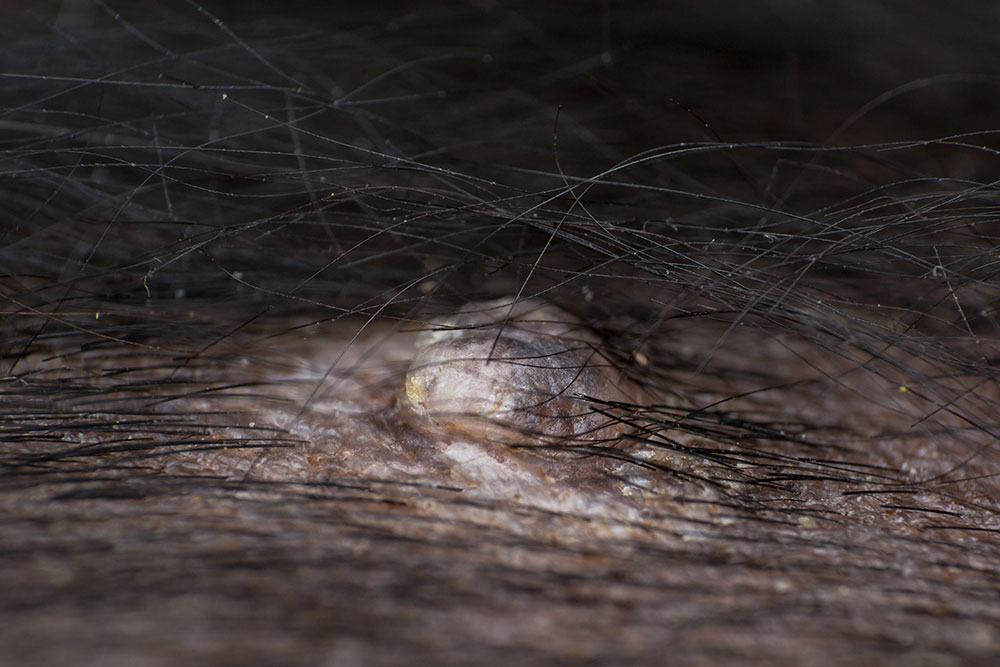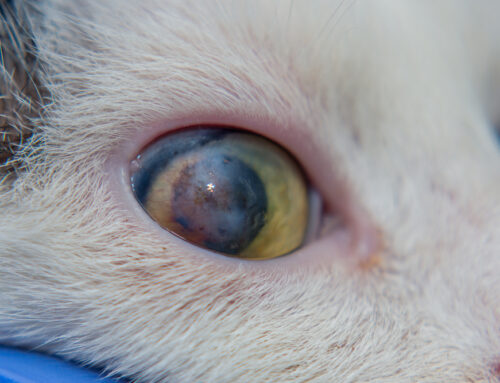Lump or Bump? How to Tell if It’s an Emergency
You’re petting your dog or cat, and your hand stops on something new—a lump that wasn’t there before. Your mind races. Is it serious? Is it cancer? Should I call the vet now or wait? At Commonwealth Animal Care in Lexington, Kentucky, we hear these questions every day—and we get it. Finding a mass on your pet can be concerning.
The good news? Not every lump is a cause for panic. But some are worth investigating sooner than later. Here’s how to tell the difference, what to expect from a veterinary exam, and how to keep your pet comfortable throughout the process.
What Exactly Is a Skin Mass?
A “skin mass” is any abnormal lump, bump, or swelling on or under your pet’s skin. They come in all shapes, sizes, and consistencies—and while some are harmless, others may signal something more serious. Knowing what you’re looking at can help you make informed decisions.
Common Types of Skin Masses
Here are a few of the most frequently diagnosed skin masses in pets:
- Warts: Often caused by viruses like oral papilloma virus in dogs, typically benign, and often appear in clusters.
- Cysts: Fluid-filled sacs under the skin that may rupture or become inflamed.
- Lipomas: Soft, movable, fatty tumors—generally benign and slow-growing. Learn more about lipomas in dogs.
- Abscesses: Pockets of pus, usually resulting from an infection or bite. See Purina’s guide to cat abscess symptoms.
- Tumors: Can be either benign or malignant, which is why a diagnosis is essential. The Veterinary Cancer Society offers helpful guidance for pet owners.
Why Do Skin Masses Develop?
Skin masses don’t pop up for just one reason. A combination of factors could be at play:
- Genetics: Some breeds, like Boxers or Golden Retrievers, are predisposed to certain types of tumors.
- Environmental exposure: Prolonged sun exposure, irritants, or allergens can contribute to skin changes.
- Infections or inflammation: Chronic skin issues, including foxtail injuries or allergic reactions like hives, can lead to mass formation.
- Trauma: A minor injury can sometimes result in a localized lump.
Even something seemingly harmless, like a dog elbow callus or an ear hematoma, can present as a lump that deserves attention.
When to Worry About a Lump
So, how do you know whether to keep an eye on it—or call us? These are the signs that should prompt a veterinary visit:
- The lump is growing rapidly or changes shape.
- It has redness, discharge, or looks ulcerated.
- Your pet reacts to it with pain, or it’s causing them to scratch or lick excessively.
- You’ve noticed new masses appearing over a short period.
- The lump is in an area that affects movement or comfort.
What Happens at the Vet?
At Commonwealth Animal Care, we approach every skin mass with care and curiosity—not assumptions. Here’s what you can expect:
Diagnostic Tools We Use
- Fine Needle Aspiration (FNA): A small needle collects cells from the mass for examination under a microscope. Learn about the process of small animal skin cytology.
- Cytology: Helps determine the nature of the mass (inflammatory, infectious, or neoplastic).
- Biopsy: A small piece of the mass is surgically removed for full analysis, especially useful if the FNA is inconclusive.
These diagnostics help differentiate between infections, benign growths, and potential cancers. For more information on signs to watch for, explore Does My Pet Have Cancer?
What Are the Treatment Options?
Not every mass needs immediate removal. Treatment depends on what we’re dealing with:
- Watchful Waiting: Some masses are best monitored with regular check-ins.
- Medical Management: Infections or inflammatory masses may respond to medication.
- Surgical Removal: Recommended for masses that are painful, growing, or potentially malignant.
- Advanced Care: If cancer is diagnosed, we’ll explore your options together
We also support integrative therapies and nutrition to promote healing and wellness during and after treatment.
What If You Do Nothing?
We understand—it’s tempting to wait and see, especially if your pet seems fine. But ignoring a mass can lead to:
- Pain and discomfort as it grows.
- Infection, particularly if the skin becomes ulcerated.
- Delayed cancer diagnosis, which can limit treatment options down the road.
- Prevention of surgical treatment- if the mass grows too large, it can become impossible to remove.
In short: when in doubt, let us take a look.
How Skin Masses Can Affect Daily Life
Some lumps don’t just sit there quietly. They can:
- Limit mobility, especially if they’re near joints.
- Cause skin irritation, leading to chewing or licking.
- Create household challenges, like needing ramps or avoiding stairs.
The earlier we intervene, the easier it is to minimize disruption to your pet’s life.
Prevention Tips That Actually Work
While not all lumps are preventable, you can reduce risk by:
- Grooming regularly: You’ll catch changes earlier.
- Providing sun protection: Especially for light-coated pets or those with thin fur.
- Maintaining a healthy weight: Reduces the likelihood of fatty growths like lipomas.
- Checking your pet monthly: Make it part of your cuddle time.

What to Bring to Your Appointment
Help us help you by arriving prepared. Bring:
- A record of the lump’s history: When you first noticed it, any changes, and symptoms.
- Photos of the mass over time.
- Your pet’s medical history and current medications.
- Any questions—no matter how small they may seem.
Here are a few to get you started:
- “What kind of mass is this?”
- “Is it benign or malignant?”
- “What treatment options do we have, and what do you recommend?”
FAQs: Quick Answers to Common Questions
Are all skin masses cancerous?
No—many are benign and nothing to worry about. But it takes testing to be sure.
Can I just monitor it myself?
You can watch it for changes, but it’s important to let a vet confirm what it is.
How urgent is it to get a new lump checked?
We recommend scheduling an exam as soon as you notice it. Earlier evaluation often means more treatment options.
We’re Here When You Need Us
At Commonwealth Animal Care, we’re committed to giving you straightforward answers and thoughtful care. Whether it turns out to be a harmless cyst or something that needs treatment, we’ll guide you every step of the way. If you want to know more about our team or are ready to take the next step, reach out or schedule an appointment today.
The bottom line: You know your pet best. If something seems off, trust your instincts—and we’ll be here to help.







Leave A Comment